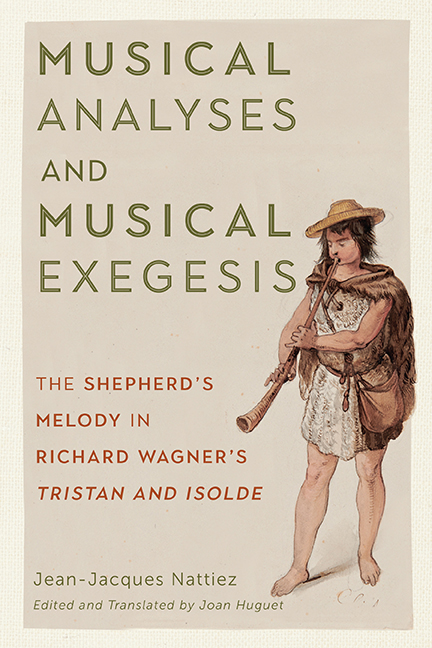 Musical Analyses and Musical Exegesis
Musical Analyses and Musical Exegesis Published online by Cambridge University Press: 02 June 2021
Principles of Formenlehre Analysis
Those who are familiar with the musicological and analytical literature will perhaps be surprised that I chose to begin my immanent-level study of the solo with prolongational and implication-realization models of linear analysis. At the beginning of chapter 1, I justified this choice based on the fact that the first parameter that we confront when listening to music is the process of tension and release that linear analysis describes. Certainly, though, analysis has historically begun with Formenlehre. Moreover, analysis of a piece's form often serves to frame the many remarks that can be made on the subject of its organization, doubtless for pedagogical reasons. Nineteenth-century scholars widely believed that composers adopted or modified the musical forms that were created by their predecessors and described by theorists. From this perspective, Allen Forte proposes a Formenlehre analysis of the orchestrated solo before discussing his prolongational analysis. However, there are some precedents for the approach that I have chosen here. Heinrich Schenker only discusses form in the fifth and final chapter of Free Composition. In his discussion of Schenker's work, Célestin Deliège only mentions form once. Discussion of form is similarly limited in Nicolas Meeùs's introduction to Schenker. It is likely that these authors chose this topical ordering with the goal of examining a piece's hierarchical structures from the background leading to the foreground. Fred Lerdahl also provides his formal analysis only after having studied the solo's prolongational structure, and both Annie Labussière and I derive our formal analyses from our linear analyses. There is yet another reason to proceed in this fashion. At the end of chapter 1, it appeared that, in spite of the different methodological foundations for each of the linear analyses that we compared, their associated formal analyses were quite similar. The opposite is true, in fact: there are many differences between the formal analyses of the solo, as we will see in this chapter. We must ask ourselves why this is the case.
In both musicological research and pedagogy, it is customary to speak of Formenlehre analysis as a search for a formal label: sonata form, rondo form, song form, ternary form, and so forth.
To save this book to your Kindle, first ensure [email protected] is added to your Approved Personal Document E-mail List under your Personal Document Settings on the Manage Your Content and Devices page of your Amazon account. Then enter the ‘name’ part of your Kindle email address below. Find out more about saving to your Kindle.
Note you can select to save to either the @free.kindle.com or @kindle.com variations. ‘@free.kindle.com’ emails are free but can only be saved to your device when it is connected to wi-fi. ‘@kindle.com’ emails can be delivered even when you are not connected to wi-fi, but note that service fees apply.
Find out more about the Kindle Personal Document Service.
To save content items to your account, please confirm that you agree to abide by our usage policies. If this is the first time you use this feature, you will be asked to authorise Cambridge Core to connect with your account. Find out more about saving content to Dropbox.
To save content items to your account, please confirm that you agree to abide by our usage policies. If this is the first time you use this feature, you will be asked to authorise Cambridge Core to connect with your account. Find out more about saving content to Google Drive.